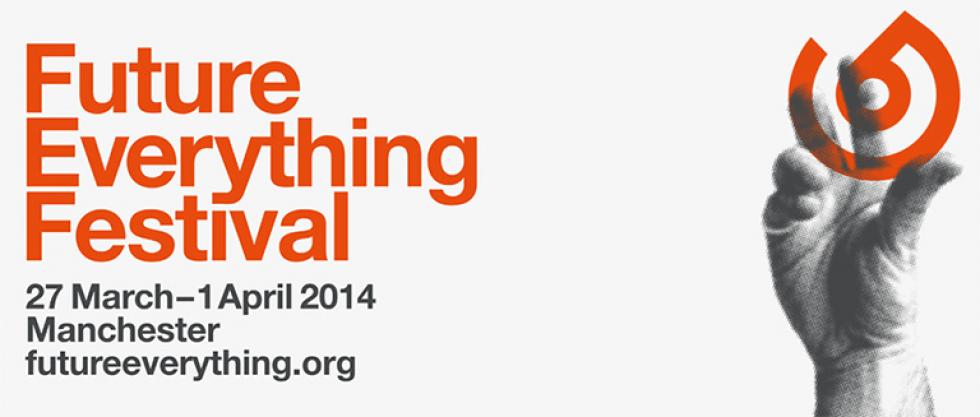

The annual FutureEverything art and digital innovation festival was held in Manchester last week, this year bringing together artists, designers and engineers to speculate on the theme of “Tools for Unknown Futures”. I attended the two-day conference in Manchester Town Hall where the festival culminated in a variety of keynotes, debates and workshops. This year there was a strong emphasis on speculative fictions around the future of cities, interspersing the exhibition of current innovative projects across the worlds of open data, smart cities, connected objects and the Internet of Things, amongst other talks and debates taking these ideas into the realm of future-gazing and “what-if” scenarios, imagining what cities of the future might look like with these technologies built into their fabric.

The announcement of the launch of the SmartCitizen platform in Manchester was one example of such a project. The platform invites citizens to install a sensor kit (provided) in their local surroundings, which then monitors various environmental readings including air composition, temperature and noise levels. This data is uploaded to SmartCitizen, where it is then stored and made available via a web-service, allowing users to use it in their own applications. Both a smart city data platform, and the world’s largest sensing network, this is a prime example of a tool which enables citizens to engage with and participate in the debate on the future of the cities in which they live, work and play.

Just as citizen-driven bottom-up platforms are being developed to provide decentralised infrastructure, top-down initiatives such as Intel’s Sustainable Connected Cities leverage the vast infrastructure of providers of big technology to collect and interpret data on a city and its inhabitants. It’s the combination of these two approaches which will yield the greatest benefits, where the motivations of big business can be countered with on-the-ground grassroots development from citizens who are closest to the problems in their local neighbourhoods.
“It’s possible to foresee a future in which the structures that comprise our cities are capable of some degree of autonomy.”
Adam Greenfield proposed that there are several re-entry points for this collected data to act back upon the world - through personal networked devices such as smartphones where information can be selected and/or tailored to individuals’ personal interests, via urban media interfaces such as interactive large screen displays which overlay a digital layer of information over urban space, and as ‘dynamic alterations to the physical form or other qualities of buildings, circulation networks and other infrastructural systems’.

Though it is perhaps the first and second applications that prevail at the moment, it is possible to foresee a future in which the structures that comprise our cities are capable of some degree of autonomy through the dissemination and interpretation of collected data. From adaptive buildings which react to environmental data in order to adapt to changing needs and conditions, to equipping everyday urban objects with degrees of interactivity and new-found capabilities, through to smart transport easing congestions on the highways of tomorrow, the city of the future will be built to both collect and respond to the ever-increasing amounts of data generated within its boundaries.
Alex Hillel
07 April 2014